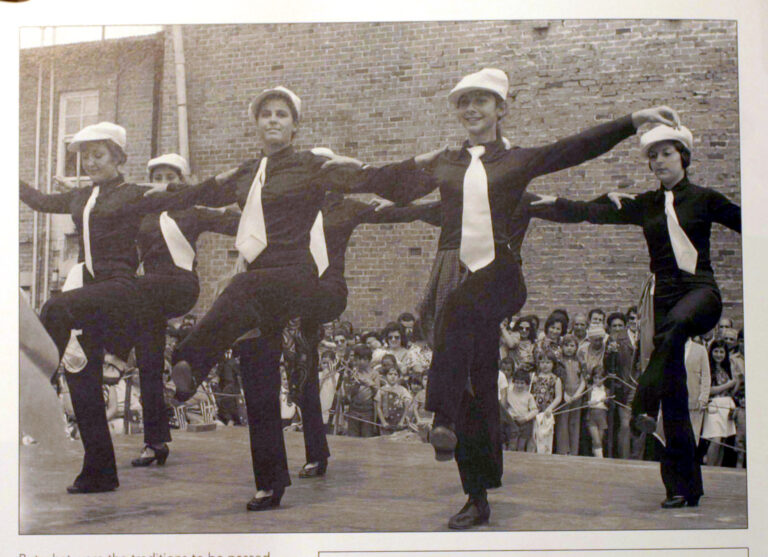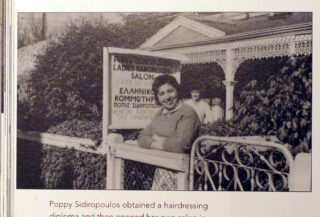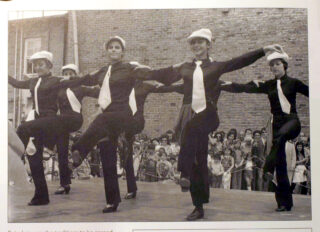- Entry type: Concept
- Entry ID: AWE2134
Greece Born Community of Australia

Summary
The experience of Greek-Australians is an integral part of Australian History. Since first arriving in the late 1810s, Greeks have made significant contributions to the nation’s cultural diversity and prosperity. Today, descendants of the earliest arrivals, immigrants, and their Australian-born children inhabit vital communities throughout the country, the inheritors of a vigorous Greek culture secured through the determined efforts of their forebears.
Details
The first significant stream of Greek migration to Australia began in the 1850sthe lure of gold attracting a small stream of settlers to Australia. Early Greece-born settlers mainly worked in mining camps, on the wharves or on coastal ships. The total population at the turn of the century was small – the 1901 Australian Census recorded 878 Greece-born people. Many were owners or employees in shops and restaurants. Some were cane cutters in Queensland.
There was a substantial increase in immigration between the two World Wars, caused in part by the expulsion of Greeks from Asia Minor in 1922 23 and immigration quotas imposed by the United States in the early 1920s. By the 1947 Census, the number of Greece-born was 12,291.
After the Second World War, with the active encouragement of the Greek Government, struggling with post-war reconstruction, large numbers of Greeks migrated to Australia. The migration of Greeks to Australia especially increased after 1952 when the Australian Government provided assisted passage to tens of thousands of Greeks. By 1961 the number of Greece-born people in Australia had reached 77,333. Greek migration continued to expand rapidly throughout the 1960s and at the time of the 1971 Census there were 160,200 Greece-born in Australia with about 47 per cent living in Melbourne.
The latest Census in 2001 recorded 116,530 Greece-born persons in Australia, with Victoria (57,780) still being the most populous state, followed by New South Wales (36,910), South Australia (11,690) and Queensland (3,990).
The median age of the community in 2001 was 59.3 years compared with 46.0 years for all overseas-born and 35.6 years for the total Australian population, a significant statistics that carries important implications for the provision of health and aged care services. Over time, the sex imbalance has decreased to a point where the ratio is almost equal. No more need for ‘bride ships’, or specific drives to encourage women to marry the many bachelors who were attracted in the post-war wave of migration.
Despite keenly preserving and supporting their own cultural heritage, Greece-born Australians have also committed to their Australian identity. At the 2001 Census, the rate of Australian Citizenship for the Greece-born in Australia was 98.0 per cent. The rate for all overseas-born was 75.1 per cent.
Archival resources
- National Library of Australia, Oral History and Folklore Collection
- State Library of South Australia
- Greek Orthodox Community of NSW Cultural Centre
- Private hands (These records may not be readily available)
- State Library of Victoria
Digital resources
Published resources
-
Report
- Beyond the Rolling Wave: A Thematic History of Greek Settlement in New South Wales, Turnbull, Craig and Vakiotis, Chris, 2001
- Greeks In Australia: 100 years of History, Costadopoulos-Hill, Maria, 1979, http://www.cybernaut.com.au/greeksinoz/
- Edited Book
Related entries
-
Related Organisations
-
Related Women

